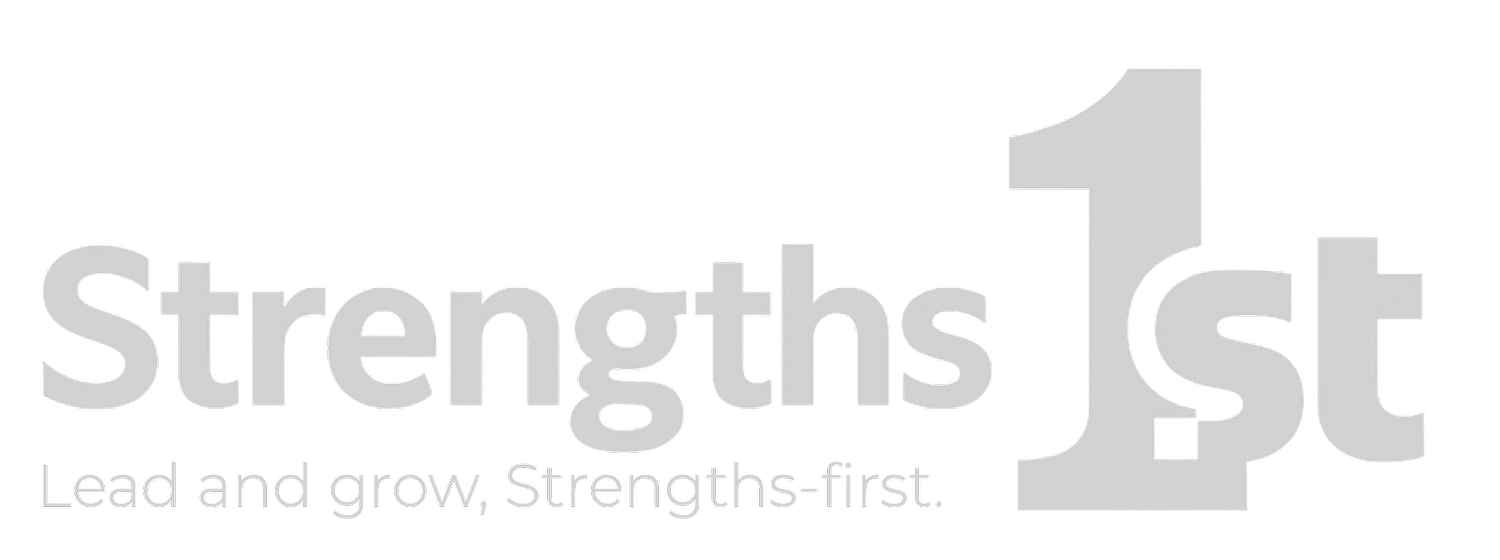Monsoon Morning, Real-World Lesson
I sat in a Bangkok office during the rainy season. Rain hit the metal roof. Motorbikes huddled under awnings. Maria, a design lead at a fintech firm, stared at her Slack messages, drained by jet lag and spreadsheets. Her company asked me to fix burnout with quick hacks. I asked instead: “When was the last time work energized you?” She paused, glanced at the rain, and recalled her first two months—mapping customer journeys and brainstorming on whiteboards. In that moment, she named her strengths. Twenty minutes later her shoulders relaxed. We hadn’t ended burnout yet. But we found her current and sketched a path back. Let’s get started.
From Fix-It Culture to Flourish Culture
We still hear echoes of the old fix-it mindset—schools highlighting every C, workplaces drilling into performance gaps.
That fix-it mindset goes back centuries but reached its peak in the Industrial Revolution, when humans were treated like machines that needed tuning. Yet even Aristotle’s notion of eudaimonia—flourishing by living in line with our virtues—was swept aside by an obsession with standardization.
Fast-forward to the mid-20th century: Humanistic pioneers like Maslow and Rogers asked a simple question—what happens if we study what’s right with people instead of what’s wrong? Martin Seligman’s 1998 call at the American Psychological Association sealed the deal. Strengths-based development was born, backed by research showing that focusing on natural talents yields far better outcomes than endless weakness-patching.
Strengths-based development is also neurologically sound. Your brain builds fast paths where you drive most, when you drive with your strengths. When you force traffic down slow routes, when you focus on weaknesses, you burn out. What if you leaned into your wiring instead? You’d tap into natural energy and get better results.
Today, organizations that adopt this flourish-first approach see tangible gains—higher productivity, happier customers, and dramatically lower turnover. More importantly, real people break free from burnout and rediscover why they started their careers in the first place. Shifting from “fix your gaps” to “amplify your gifts” isn’t just a coaching trend; it’s the next chapter in human development—and it’s waiting for you to lead the way.
What Makes a Strength
Strength = Talent + Energy + Meaning
Talent: tasks that feel almost intuitive.
Energy: the lift you get in the moment.
Meaning: work that matters to you.
Missing any one element stalls you. Combine all three and you power through. Identify one strength today and use it on a task.
Maria’s Realignment
That evening, Maria completed the HIGH5 strengths assessment. Her top strengths of Visionary, Storyteller, Catalyst, Coach, Empathizer matched her best work. She thrived on journey maps and team brainstorming. She hit burnout when stuck on KPI spreadsheets. We made two changes:
Wednesday Lab Hour for creative work with colleagues.
Task Exchange so a detail-focused peer took over reports while Maria coached briefing design.
Eight weeks later she slept better, pitched fresh ideas, and hummed on her commute. Her team met deadlines without a sprint. Leadership kept a key player.
Why Strengths Stick
The science behind strengths-based work isn’t fluffy optimism—it’s built on proven psychological models. Take Barbara Fredrickson’s Broaden-and-Build theory: positive emotions literally widen our mental horizons, sparking creativity and connection. Every time clients lean into their strengths, they trigger an upward spiral—more positivity leads to more opportunity spotting, which leads to more positivity.
Self-Determination Theory offers another layer. Using our strengths fulfills our core needs for autonomy (we choose to act), competence (we feel capable), and relatedness (we connect genuinely). Those three psychological drivers turbocharge engagement and guard against burnout.
Then there’s Flow, Mihaly Csikszentmihalyi’s famous “in the zone” state. Flow emerges when challenges and skills match perfectly—strengths deliver exactly that. Clients who work within their strength sweet spot enter flow more easily, experiencing the elusive merge of focus and fulfillment.
On the ground, the results are clear: individuals who use strengths daily report six-times the engagement and three-times the life satisfaction. Teams see 18% more productivity and 56% stronger collaboration. Companies practicing strengths-driven cultures enjoy 7% higher profits and 72% lower turnover. This isn’t theory—it’s evidence you can bring into every coaching conversation.
Find Your Current
Review your week. List three tasks that energized you and three that drained you.
Spot patterns. Which tasks match your wiring?
Run a micro-experiment. Spend 15 extra minutes on an energizer tomorrow. Delegate or batch a drainer.
Track the impact. Note shifts in focus and output.
Use your findings to guide tomorrow’s to-do list.
Rolling on the River
The rain eased and we stepped into streets washed clean. Water raced toward the Chao Phraya. Maria laughed: “That feels like my mind—finally moving in the right direction.” Clear away deficit thinking and let your strengths carry you forward. Steering feels easier when you’re already on course.








